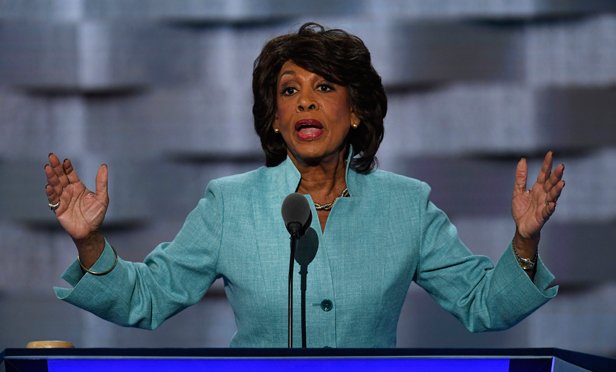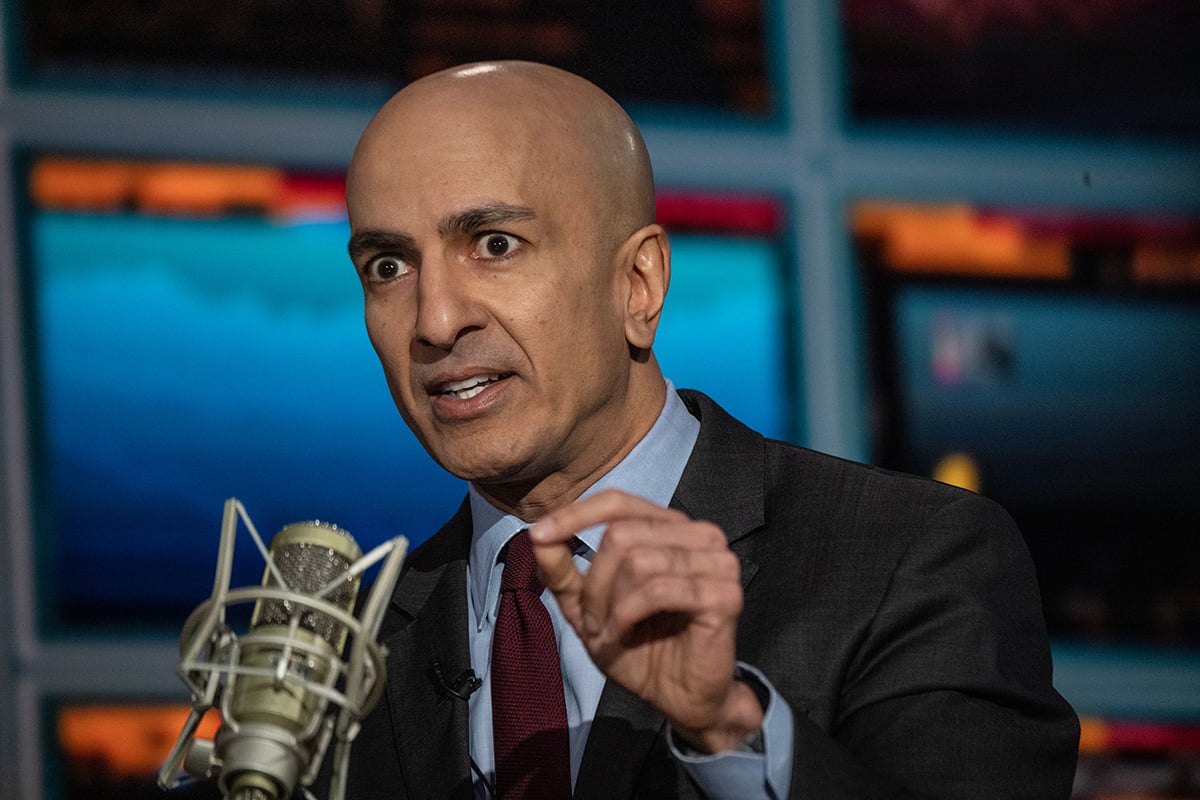 Rep. Maxine Waters, D-Calif.(Photo: Bloomberg)
Rep. Maxine Waters, D-Calif.(Photo: Bloomberg)
Big banks have to increase diversity in hiring, as does theentire financial services industry, according to a newly releasedreport by the majority staff of the U.S. House Financial ServicesCommittee, chaired by Rep. Maxine Waters, a Democrat fromCalifornia.
|The basic finding of the committee report, "Diversity and Inclusion: Holding America's LargeBanks Accountable," is that bank boards and senior executivesare not diverse. And banks do not even track how much they spend orinvest with diverse firms, Wednesday's hearing noted. These andother findings were further explored in a subcommittee hearing held Wednesdaymorning.
|The report did find that banks are better integrated at theentry level than is the typical U.S. company. For example, whereas58 percent of bank employees are white, the average across all U.S.companies is 63 percent. Twelve percent of workers at both types ofbusiness are black, while 12 percent of bank employees are Asian,compared with 6 percent of workers in all companies. Banks have asmaller share of Latino workers—11 percent, versus 16 percentacross all U.S. companies.
|Gender-wise, the report found that 49 percent ofemployees in banks are male and 51 percent female. In allU.S. companies, 53 percent are male and 47 percent are female.
|However, at the executive level, 29 percent of bank leaders arewomen, while 71 percent are men. Even more telling: Whites make up81 percent of the executive suite.
|The report also found that bank diversity numbers "have remainedstatic between 2015 and 2018." It highlights three challenges goingforward:
- the competition for diverse talent,
- the absence of a consistent definition of diversity andinclusion, and
- data collection and self-identification problems.
The report recommends that Congress take corrective action withlegislation that would:
- require banks to share diversity and inclusion data with theirregulators and the public,
- require banks to track and make efforts to increase theirspending with diverse firms, and
- require banks to publicly disclose the diversity of theirboards.
|
View from Industry
The hearing featured several representatives of organizationsthat serve the financial services industry. Kenneth E. Bentsen Jr.,president and CEO of the Securities Industry and Financial MarketsAssociation, highlighted a 2018 SIFMA survey of members, whichinclude broker-dealers, investment banks, and asset managers. Hestated in his prepared remarks that:
- All participants reported having a diversity strategic plan. Inthe United States, 95 percent of organizations' strategic plansexplicitly address gender, gender identity, race, andethnicity.
- Representation of women in the financial services industry is44 percent. The overall industry hire rate for women is comparableto the rate for men, as is the overall turnover rate, indicatingthat while both populations are growing, the share of women in theindustry relative to men has remained steady. Likewise, the shareof women is projected to increase by 2 percentage points over thenext five years and 3 percentage points over the next 10 years,making the ratio of men and women equal.
- People of color make up roughly one-third of the overallpopulation of the U.S. financial services industry. The overallindustry hire rate for people of color exceeds that for whites bymore than 5 percentage points, while the turnover rate is about 2percentage points higher for people of color than for whites,indicating that the percentage of people of color relative towhites in the industry has been increasing.
- In addition, 94 percent of firms examine pay equity, with 67percent of respondents saying their organization conducts such ananalysis at least once a year. Eighty-two percent of respondentssaid that adjustments are made as part of an annual review process,and a similar number said they have a formal remediation process toaddress pay-equity risks.
Another witness in the hearing was Subha Barry, president ofWorking Mother Media, who spent 26 years working for largefinancial institutions. She noted in her prepared remarks that:
- Working Mother Media's recent Gender Gap research shows womenare a third less likely to realize what relationship capital is andthe importance of monetizing it. Women and people of color aren'tcoached or made aware that leveraging relationship capital isabsolutely critical in early career. They start out with thisdisadvantage.
- This shows up in the lack of sponsorship for women and peopleof color. Seventy-three percent of white women and 83 percent ofmulticultural women cite the lack of sponsors as the main reasonthey haven't moved into critical profit-and-loss (P&L)jobs.
- A 2015 S&P 500 analysis found that 90 percent of new CEOswere promoted or hired from line roles with P&Lresponsibilities.
She reiterated that last point in the question-and-answersession, stating that if people aren't given P&Lresponsibilities, it will be difficult for them to rise to thetop.
||
From: ThinkAdvisor
Complete your profile to continue reading and get FREE access to Treasury & Risk, part of your ALM digital membership.
Your access to unlimited Treasury & Risk content isn’t changing.
Once you are an ALM digital member, you’ll receive:
- Critical Treasury & Risk information including in-depth analysis of treasury and finance best practices, case studies with corporate innovators, informative newsletters, educational webcasts and videos, and resources from industry leaders.
- Exclusive discounts on ALM and Treasury & Risk events.
- Access to other award-winning ALM websites including PropertyCasualty360.com and Law.com.
*May exclude premium content
Already have an account? Sign In
© 2024 ALM Global, LLC, All Rights Reserved. Request academic re-use from www.copyright.com. All other uses, submit a request to [email protected]. For more information visit Asset & Logo Licensing.







